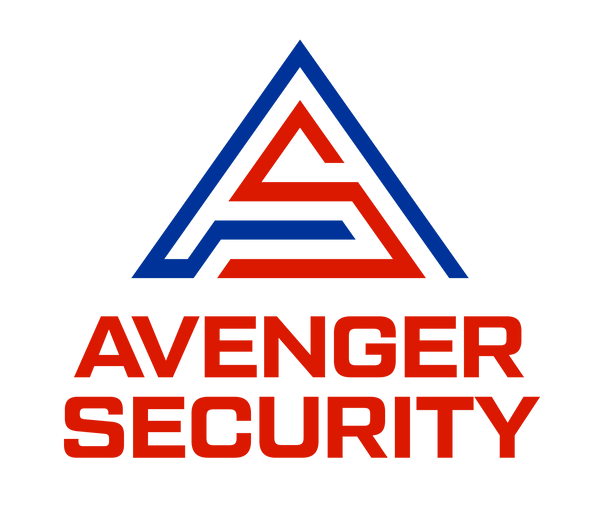Types of electric locks for access control systems.
In the realm of security and technology, access control has emerged as a pivotal solution for managing and regulating entry to physical spaces. When paired with electric lock options, it forms a dynamic duo that revolutionizes the way organizations approach access control. This article takes an in-depth look into the world of access control and electric lock options, exploring their features, benefits, applications, and the transformative impact they have on modern security practices.Understanding Access Control
Access control refers to the practice of restricting and regulating entry to a physical space, be it a building, room, or facility. The goal is to ensure that only authorized individuals are granted access, thus enhancing security, privacy, and safety. Access control systems have evolved significantly from traditional lock-and-key mechanisms to sophisticated electronic solutions.
Key Features of Access Control Systems:
User Authentication: Access control systems rely on various authentication methods, such as keycards, biometrics, PIN codes, and mobile apps, to verify the identity of individuals seeking access.
User Management: Administrators can efficiently manage and control user access permissions through a centralized system. This includes adding or revoking access rights and setting access schedules.
: Access control systems maintain an electronic record of entry and exit events, providing administrators with an audit trail that helps monitor and track activities.
: Cloud-based access control systems allow administrators to manage access remotely, granting or denying access even when off-site.
: Access control systems can be integrated with other security components like surveillance cameras and intrusion detection systems for a comprehensive security solution.
Exploring Electric Lock Options
Electric locks are a fundamental component of modern access control systems. Unlike traditional mechanical locks, electric locks are operated electronically, allowing for remote locking and unlocking. They provide enhanced security and flexibility, particularly when integrated with access control systems.
Types of Electric Locks:
Electric Strike Locks: These are installed on the door frame and are suitable for inward or outward-opening doors. When unlocked electronically, the strike plate allows the latch to pass through, granting access.
Electromagnetic Locks- Maglocks: These locks consist of an electromagnet mounted on the door frame and an armature plate attached to the door. When energized, the electromagnet creates a strong magnetic force that holds the door securely closed.
Electric Bolt Locks: These locks use an electric motor or solenoid to extend or retract a bolt, securing or releasing the door. They are often used for sliding or swing doors.
Electric Mortise Locks: Installed within the door itself, electric mortise locks combine the functions of a traditional mortise lock with electronic control.
Advantages of Access Control and Electric Lock Integration
Enhanced Security:
The integration of access control and electric locks provides a higher level of security than traditional lock-and-key systems. Unauthorized access is significantly minimized.
Flexibility and Customization:
Access permissions can be tailored to individual users or groups, ensuring that only authorized personnel can access specific areas.
Remote Management:
Administrators can remotely control and monitor access to different areas, granting or denying access in real-time.
Audit Trail and Accountability:
Access control systems maintain a digital record of entry and exit events, enhancing accountability and aiding investigations in case of security breaches.
Scalability:Access control systems can be easily scaled up to accommodate additional doors and users as organizations grow. Centralized Control:
Access control systems provide a centralized platform for managing multiple doors and areas, simplifying administration and reducing security risks.
Applications of Access Control and Electric Locks
Commercial Buildings:
Office complexes, retail stores, and warehouses benefit from the security and convenience of access control and electric locks.
Educational Institutions:
Schools and universities can enhance campus security by restricting access to authorized personnel and students.
Healthcare Facilities:
Access control systems are vital in healthcare to safeguard sensitive areas and protect patient privacy.
Government Facilities:
Government buildings require stringent security measures, and access control with electric locks provides the necessary level of protection.
Residential Buildings:
Access control and electric locks offer residents peace of mind by regulating entry to apartment complexes or gated communities. The integration of access control and electric lock options represents a paradigm shift in security management. With features ranging from enhanced security and remote management to scalability and customization, this dynamic combination empowers organizations to take control of their security protocols like never before. As the landscape of security technology continues to evolve, access control and electric locks remain at the forefront, bridging the gap between innovation and security to create safer and more efficient environments.

